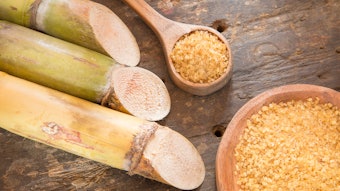Apium graveolens Linn. (Apiaceae) is commonly known as celery.1 It is an erect, annual or biennial herb. The roots are numerous, succulent and well developed. The stem branches are angular or fistular, and are conspicuously jointed. The leaves are oblong to obovate, pinnate or trifoliolate. The leaflets are ovate to suborbicular and three-lobed. The flowers are white or greenish white and very small. The fruit is a schizocarp consisting of two mericarps, suborbicular to ellipsoid, grayish brown to brown with pale ridges, aromatic and slightly bitter.2
Celery contains a few phthalide-derived lactone molecules. One of the most significant contributors to the celery flavor is celery lactone—3-n-butylphthalide (FEMA# 3334, CAS# 6066-49-5; F-1). This lactone occurs both in celery and lovagea. It has an aromatic spicy, celery- and lovagelike odor and flavor, and it is used in spicy and vegetable soup flavorings.
Another phthalide lactone derivative in celery is 3-propylidenephthalide (CAS# 17369-59-4; F-2). This unsaturated side chain phthalide occurs also in celery and lovage. It has a spicy, strongly celerylike odor and flavor, with green, sweet and lovage with vegetative and herbal nuances. Spicy (celery, lovage) flavorings can use 3-propylidenephthalide, as can maple and brown sugar, herbal notes and celery tonics.










